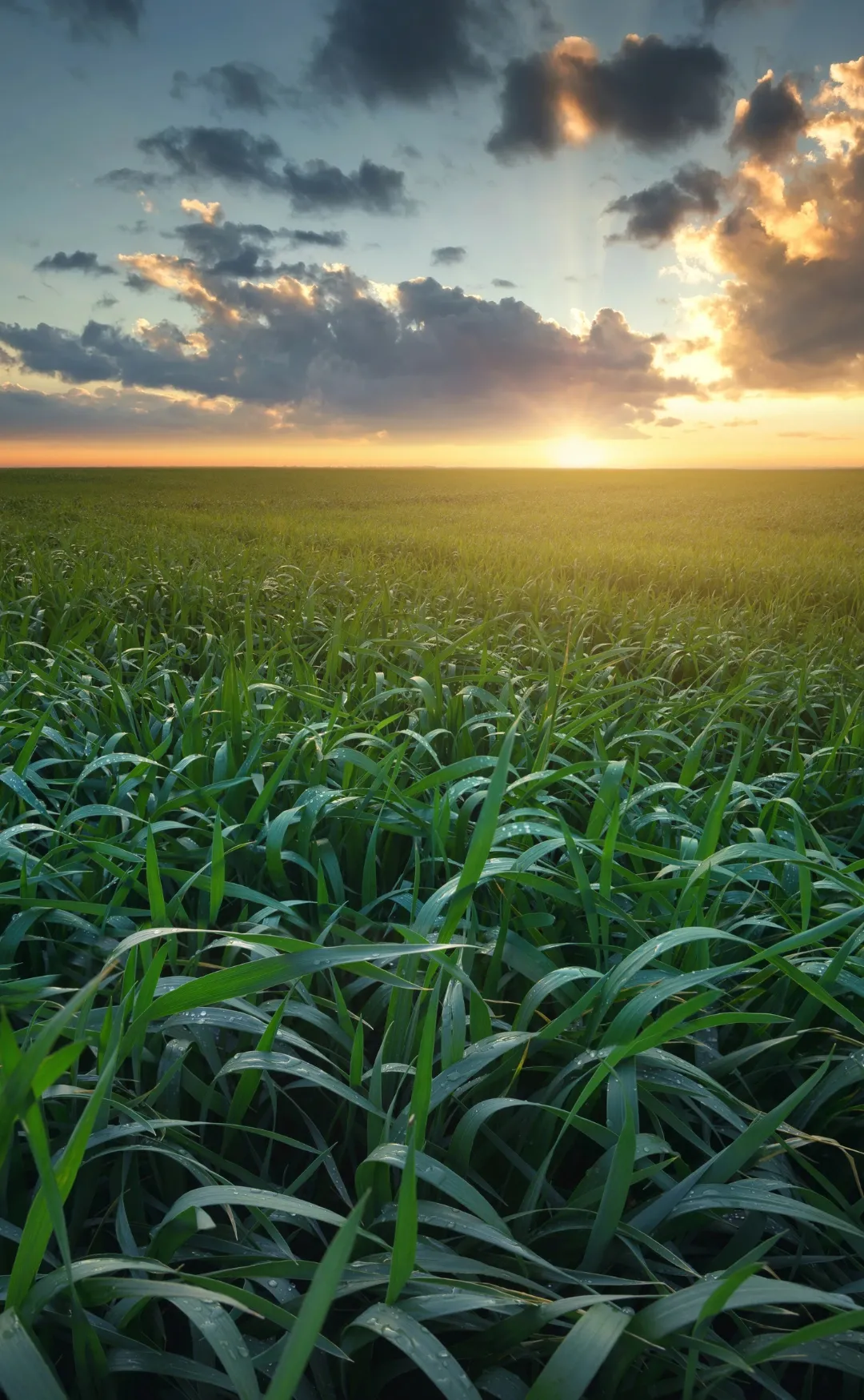Navigating the Fields of Change: Climate's Impact on Agriculture
In a world of shifting temperatures and unpredictable weather patterns, the agricultural landscape is undergoing a transformation. Climate change, a phenomenon driven by human activities, is exerting a profound influence on agriculture, with far-reaching implications for food security, livelihoods, and global economies. In this blog post, we delve into the intricate web of how climate change is affecting agriculture and explore potential strategies to cultivate resilience in the face of these challenges.
1. Rising Temperatures and Crop Yields: As temperatures climb, crops face greater stress from heatwaves, leading to reduced yields. Some staple crops, like wheat and rice, are particularly sensitive to temperature changes. Prolonged heatwaves during critical growth stages can stunt growth, decrease flowering, and diminish grain quality.
2. Shifting Growing Seasons: Changing climate patterns are causing shifts in the timing of planting, flowering, and harvesting. This disrupts the delicate balance between crop growth and the availability of pollinators, potentially leading to mismatches that impact crop productivity.
3. Water Scarcity and Irrigation Challenges: Changing precipitation patterns and increased evaporation rates exacerbate water scarcity in many regions. Agriculture, a water-intensive sector, faces the challenge of maintaining adequate irrigation systems to sustain crop growth, especially during droughts.
4. Increased Pest and Disease Pressure: Warmer temperatures create favorable conditions for the proliferation of pests and diseases that harm crops. This leads to increased pesticide use, raising concerns about both economic costs and environmental impacts.
5. Loss of Biodiversity and Genetic Resources: Climate change threatens biodiversity, affecting the availability of wild relatives of crops that could provide valuable genetic traits for breeding resilient varieties. The loss of genetic diversity reduces the options for adapting to changing conditions.
6. Impact on Livestock and Animal Husbandry: Rising temperatures stress livestock, reducing their productivity and increasing susceptibility to diseases. Heat stress can also affect animal reproduction and milk production.
7. Coastal and Low-Lying Agriculture at Risk: Sea-level rise and extreme weather events, such as hurricanes and flooding, threaten agriculture in coastal and low-lying regions. Saline intrusion into farmland can render it unsuitable for cultivation.
8. Adaptation Strategies: To mitigate the impact of climate change on agriculture, innovative strategies are crucial. These include developing climate-resilient crop varieties, implementing water-efficient irrigation systems, and promoting agroforestry to enhance ecosystem resilience.
9. Sustainable Farming Practices: Practices like conservation tillage, crop rotation, and cover cropping can improve soil health and water retention, making farms more resilient to climate-induced stresses.
10. Climate-Smart Technologies: Harnessing technology, such as precision agriculture and weather forecasting tools, can enable farmers to make informed decisions about planting and irrigation, optimizing resource use.
11. Diversification of Crops and Livestock: Increasing the diversity of crops and livestock can help spread risk and minimize losses from extreme events. Indigenous and traditional knowledge often holds valuable insights into suitable diversification strategies.
12. Collaborative Efforts and Policy Interventions: Addressing climate change's impact on agriculture requires collaboration between governments, international organizations, researchers, and farmers. Policies that support sustainable practices and provide financial incentives for climate adaptation are essential.
13. Consumer Awareness and Demand: Consumers can play a role by supporting sustainable agriculture practices and demanding transparent supply chains that prioritize climate resilience.
In conclusion, the intricate relationship between climate change and agriculture underscores the urgent need for adaptive measures. The consequences of climate change on agriculture extend far beyond the farm gates, impacting global food security, nutrition, and livelihoods. By embracing innovative practices, sustainable technologies, and collaborative efforts, we can nurture a resilient agricultural sector capable of navigating the challenges of a changing climate. As we cultivate solutions, we sow the seeds of a more sustainable and secure future for generations to come.

